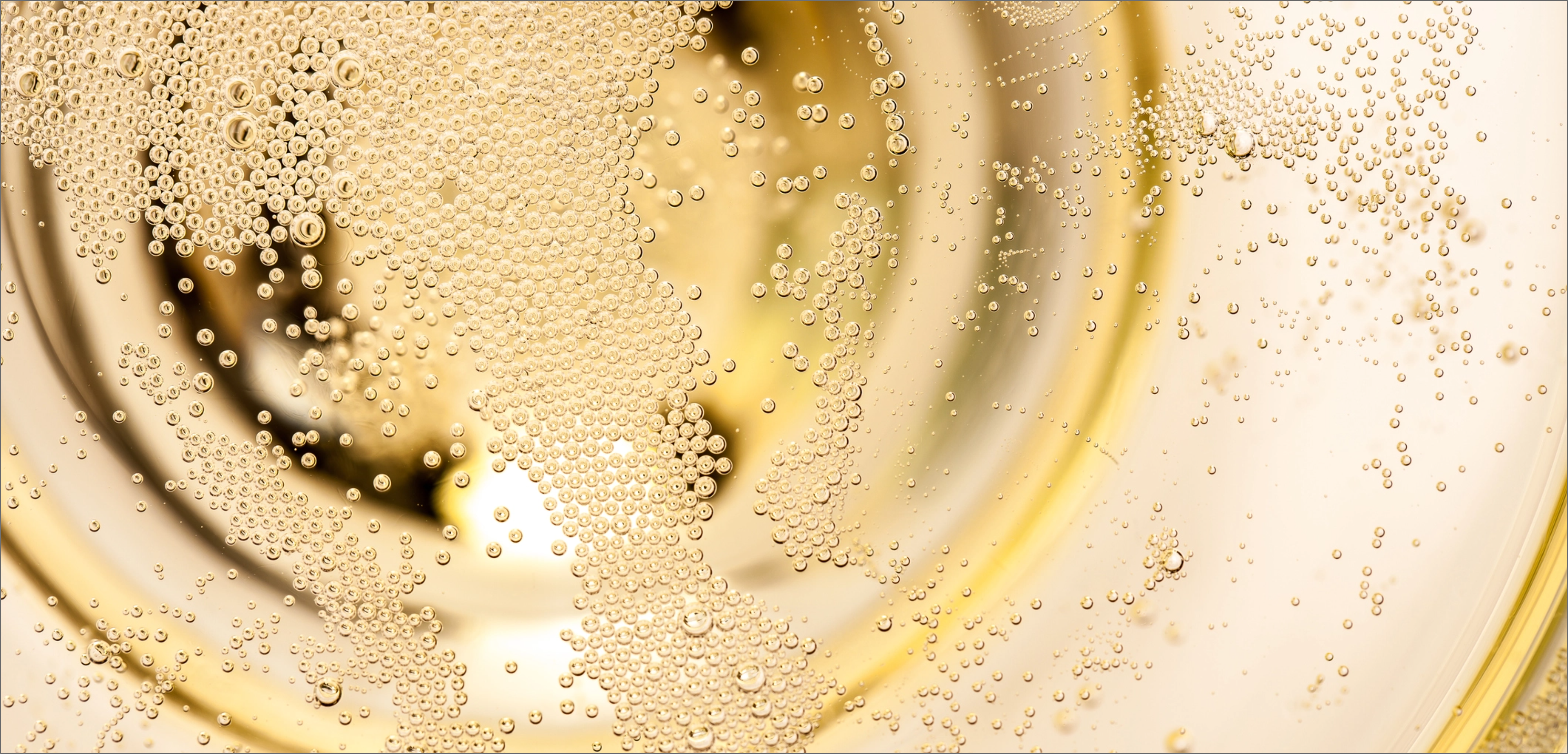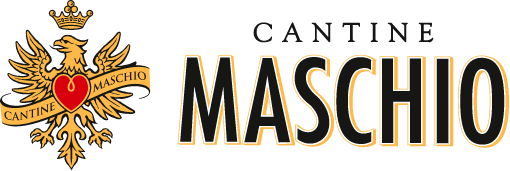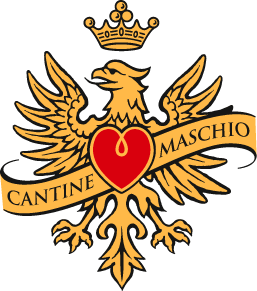
Carbon Dioxide:
a gas that develops naturally in the fermentation process, increasing the pressure of the wine, in which it dissolves finely during the second fermentation
Champagne bottle:
this is the standard 75cl bottle used to contain sparkling wine. It is made of thicker glass than normal bottles because it must be able to withstand the high pressures of the carbon dioxide gas contained in the wine (up to 10-12 bar)
Clarity:
in technical terms, clarity refers to the level of suspended matter in the wine. When it is in the bottle or the glass, the wine should not be cloudy and should be free of sediment (with the exception of semi-sparkling or sparkling wines that have not been disgorged). The term used to describe a very clear wine is “bright”. The opposite is a wine in which the level of clarity is reduced,which is therefore defined as cloudy or turbid
Clean:
this term refers to a wine with neat and flawless aroma and taste
Coupe:
the classic stemmed glass with a wide, shallow bowl, especially suitable for serving sweet and aromatic sparkling wines
Crémant:
this is the general term for a type of sparkling wine that contains less carbon dioxide
Cru:
french term that indicates a specific vineyard or even a small restricted part of it. The grapes of a cru are generally considered to be of particularly high quality





